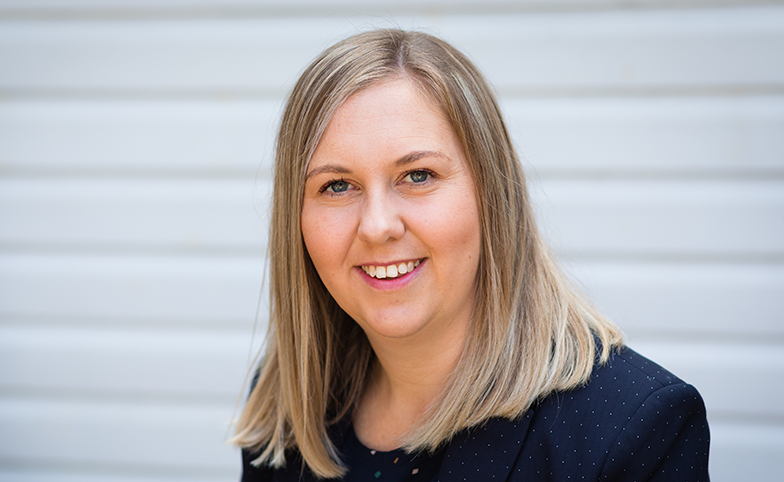At the start of the pandemic, remote care solutions were deployed to help avoid unnecessary hospital admissions and reduce the spread of infection. Virtual wards were rapidly developed across the country with new infrastructure and governance processes put in place. Now, as many of the barriers to widespread implementation of remote monitoring have been removed, this approach to healthcare is being expanded to a wider range of conditions and patient cohorts.
Virtual wards allow people with a range of conditions to be monitored in the comfort of their own home. Using symptom trackers, monitoring devices, and patient dashboards, together with video calls, remote monitoring helps patients and clinicians to keep track of their health and stay alert to any signs of deterioration. The NHS in the Eastern region has been forging the way ahead to safely support people with conditions like heart failure, to leave hospital earlier or avoid being admitted altogether.
Learning from others
In June 2021 we were asked to help the NHS in our region to think through how technology-enabled care pathway transformation can support the radical recovery to address the backlog that has been needed post-pandemic.
When we reviewed systematic reviews and published we identified some key areas of learning with little evidence:
- The types of people that would most benefit from remote monitoring (regardless of condition or technology implemented)
- How people are assessed as eligible for these new pathways
- The critical mass of people that need to be monitored to realise benefits
- The impact on service use (emergency attendances, length of stay)
- The impact on staff roles, accountability and satisfaction
- Patient experience.
We then spoke to trusts in the region with experience of designing and setting up virtual wards with a view to gathering their feedback and learning in these areas and held a workshop for over 50 healthcare professionals with NHSX and NHS@home to showcase best practice and share the insight we had gathered from peers.
We brought our findings together to form an implementation support pack to help guide decisions around which remote monitoring devices to procure, which patients to use them with and the steps to take to set up a virtual ward. It includes information on remote monitoring for specific conditions, learning from virtual wards that have been set up in the East of England and a summary of remote monitoring technology. Five key lessons emerged from this work.
Five factors to developing successful remote models of care
- Buy-in – virtual wards are a new way of working for patients, clinicians and operational leads. Winning hearts and minds and offering reassurance around patient safety and clinical accountability is crucial. Virtual wards operate across community, acute and primary care settings which makes trust in each other’s roles and clarity on functions even more important. Ensure buy-in from across your system by mapping which organisations need to be involved and getting sign off for attendance at key planning and implementation meetings. Work out who your champions are going to be and keep them motivated. Where organisations appoint a clinical lead and dedicated manager for each workstream or pathway, make sure to include operational staff from the outset, they find it easier to identify any obstacles and drive forward pathway change. Keep pathway development simple, involving a small number of clinicians for each pathway and keeping documentation to a minimum.
- Patient choice – use data analysis and patient feedback to understand which patient cohorts are likely to benefit from remote monitoring, thinking about it as one option in your toolbox rather than the solution for everybody. Be clear about what remote monitoring is aiming to achieve and whether it’s replacing or adding to a standard model of care. Patients and carers will have questions and will need to be supported to use the devices they are given. Most remote monitoring devices will provide options for clinicians to be alerted when a patient requires additional support, or to be brought into hospital. Be mindful that remote monitoring will not be appropriate for all patients and that digital services can increase health inequalities.
- Accountability – clear governance and protocols need to be in place so that results can be checked and acted upon quickly. Each pathway should have a clinical lead and a project manager, to lead implementation and work alongside the virtual ward team. A standard operating procedure clarifies accountability so all staff understand how remote monitoring devices will be managed, who is providing patient information, and what the referral criteria is. Ensure information governance, clinical safety and regulatory requirements are met. It’s a good idea to include your medical devices governance team from the outset to avoid any issues further down the line.
- Value for money – it’s important to determine who will pay for remote monitoring and where the financial benefits will accrue. Efficiency savings may differ depending on whether a block contract is in place or one based on payment by results.
- Data – Gather data on bed-days, readmissions, length of stay and any other key measures across a range of clinical pathways that could benefit from a virtual ward. Agree success measures and put data collection processes in place from the beginning, so that you can monitor impact. Data sharing agreements may need to be in place between providers.
Health Innovation East and the East of England Applied Research Collaborative (ARC) are now embarking on a large-scale evaluation of remote monitoring across four different regions and clinical pathways, covering hip and knee replacements, heart palpitations, chronic respiratory disease and asthma. We’ll use this to share rapid actionable learning to further support systems to make best use of remote monitoring for the benefit of patients. If you want to find out more about implementing remote monitoring pathways, contact me at Jessica.Garner@healthinnovationeast.co.uk
Lessons learned from our evidence review on remote monitoring
In July 2022 we published a report which summarises our work and case studies on remote monitoring as part of the Beneficial Changes Network. The report covers heart failure, chronic obstructive pulmonary disease (COPD), pneumonia and remote monitoring in surgery.

Jess Garner is Senior Advisor on the Delivery team at Health Innovation East, leading a portfolio of local projects. Before joining Eastern in January 2021, Jess led programmes of work in public health and the voluntary sector.
You might also like…

Carolyn Jackson, Director at UEA Health and Social Care Partners and Sophie Castle-Clarke, Principal Advisor at Health Innovation East reflect on organisational cultures and identify why boundary spanning, innovation and creativity are critical to enabling health and care partners to achieve better outcomes for patients.
Share your idea
Do you have a great idea that could deliver meaningful change in the real world?
Get involved